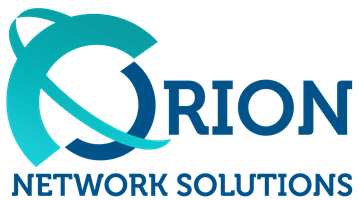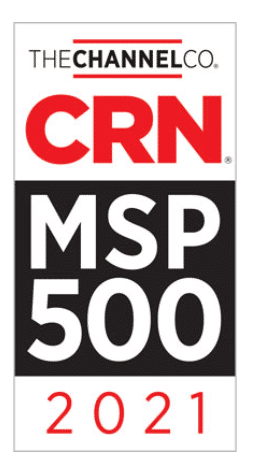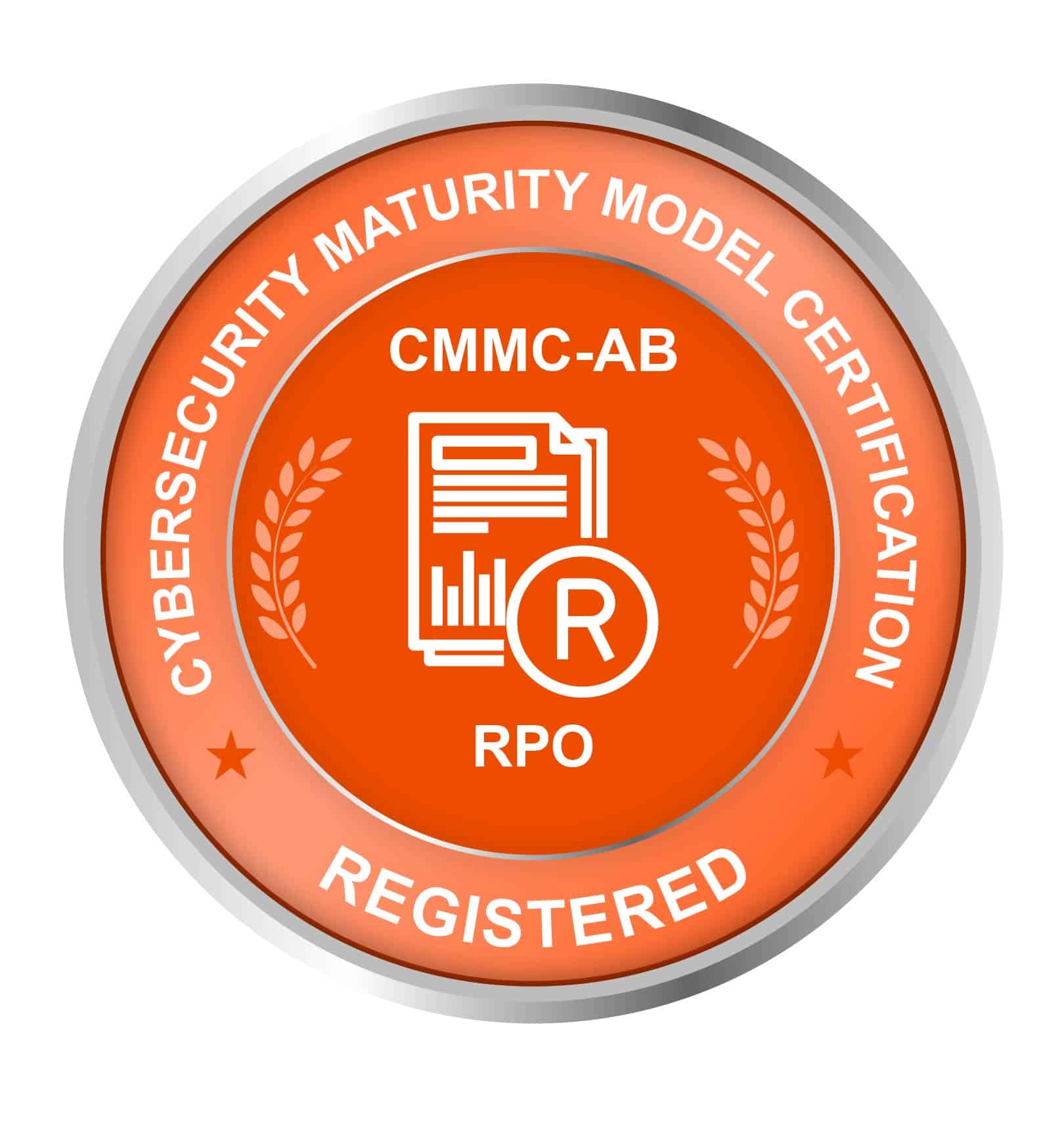We use technological devices and applications in various aspects of our daily activities. Technological advances help us manage tasks faster, with a higher level of accuracy. Businesses, healthcare facilities, law firms, and other industries reap significant benefits from technological devices and applications. Education is no exception.
Technology holds a great deal of promise for education. Students of all ages can access information faster, teachers can communicate and interact more easily with their students, and a variety of new and improved educational tools have become available for classes at every level. IT in schools has migrated from old servers and crowded computer labs to a more mobile environment that consists of cloud-based solutions.
Technology is possibly the strongest factor impacting today’s educational infrastructure. More school districts are in favor of increased levels of technology in all classrooms by providing teachers and students with laptops and tablets, enhanced internet connectivity, and implementing solutions and programs that are designed to improve technology literacy.
While most educators have an appreciation of the benefits of educational technologies, they sometimes find it difficult to achieve a smooth and effective integration of new educational technologies. From acquiring new technological equipment to the adaptation of new curricula and teaching techniques to technology integration can lead to significant challenges for educators at every school level.
IT generally forms a critical infrastructure in educational environments, so, if issues arise, this can hinder planned teaching and learning – sometimes for a significant period of time. Given the importance of technology in education, some schools are often not prepared to address a challenge when it occurs. Many of the challenges that schools are facing have been faced before – and if your school is faced with an issue, there is a solution not far behind.

External Technology Challenges in the Classroom
Lack of Access to Technology
Previously, technology integration focused heavily on increasing the availability of devices in schools. One of the most important steps in widespread technology integration is increasing access to the equipment that is necessary to run educational programs. If students and educators are limited to a half-hour or one hour per week of screen time on a weekly basis, it will not be possible to successfully integrate educational technology.
Many students still do not have consistent and reliable access to a computer or mobile device. Without consistent access to computers and other devices, it will become increasingly difficult for educators to integrate technology into their daily lesson plans. With limited funding on the federal, state, and local levels, many schools lack the ability to obtain classroom technologies.
To combat the lack of funding, some schools have considered the concept of a Bring Your Own Device (BYOD) strategy. Schools that implement a BYOD policy will allow students to bring their own devices to school to use for educational purposes. While a BYOD policy can be cost-effective, schools will need to have a solid network infrastructure that is reliable and secure enough to accommodate additional devices.
Inadequate Professional Development and Training
One of the more common reasons for technology challenges in the classroom is inadequate professional development and training. While most educators are confident in their abilities to use technology in the classroom, navigating their way through operating software, and searching the web, challenges begin to arise as technology changes. Given how quickly technology can change, it is becoming even more important that educators stay current with the latest technological challenges.
Even when schools hire educators who are knowledgeable in existing classroom technology, countless new technologies will be introduced over the years, and educators will need to participate in professional development and training courses to keep their skills up to date. If there are not enough resources to
provide technological professional development and training, schools will continue to face challenges.
To have success with technology integration in the classroom, administrators can seek guidance to identify relevant training courses and develop a strategy that will allow consistent training sessions.
Lack of Technological Support
While the lack of professional development and training is a major barrier to successful and effective technological integration, another major technology challenge facing education is the lack of access to technical support. Many school districts do not have the proper support for educational technology, and the schools that do have support can still make room for improvement. With the proper technological support, educators will not have to worry so much about the technological challenges, and instead, they can focus more on carrying out their daily lesson plans.
Adopting educational technology can be a challenging and time-consuming process. If schools are going to adopt technology, educators should have access to support from trained and experienced professionals. With first-class support for educational technologies, educators and students will have real-time access to the tools and resources they need. When educators are aware that technological support will be available when they need it, they may be more likely to accept having more technology in the classroom.
Internal Technology Challenges Facing Education
The external technology challenges we discussed are not the only challenges that are creating barriers to technology integration. Educators bear the responsibility of using technology in their classrooms. Even when educators are equipped with the resources, they can make a decision about how the technologies are used in the classrooms. Internal technology challenges that are present in education are related to educators, their attitudes toward technology, and their knowledge of the latest technology.
These internal challenges will not all be the same because they will be personal issues that will differ from educator to educator – even the educators who are a part of the same school system. Educators who do not feel there is a need for new technology will not be in a rush to obtain the experience necessary to use the technology. For many schools and colleges, the technology challenges facing education bear the brunt of the blame when problems occur in the classroom. With a reliance on IT systems, schools should not just hope for the best and deal with what happens later.
We understand that having plans in place that will allow school systems to take additional steps toward protecting their systems when IT goes wrong could present heavy workloads for an IT team. Rather than depending on an IT team to meet these specialized needs, schools can save money by outsourcing Tech Support and solutions. Schools do not need a server specialist or desktop support technician— schools of all sizes can outsource IT support and expertise.
Orion Network specializes in Tech Support and outsourced IT solutions for schools throughout the DC Metro area. Discover ways to bypass technology challenges facing education and embrace new educational technologies. Contact us today to schedule your consultation.










